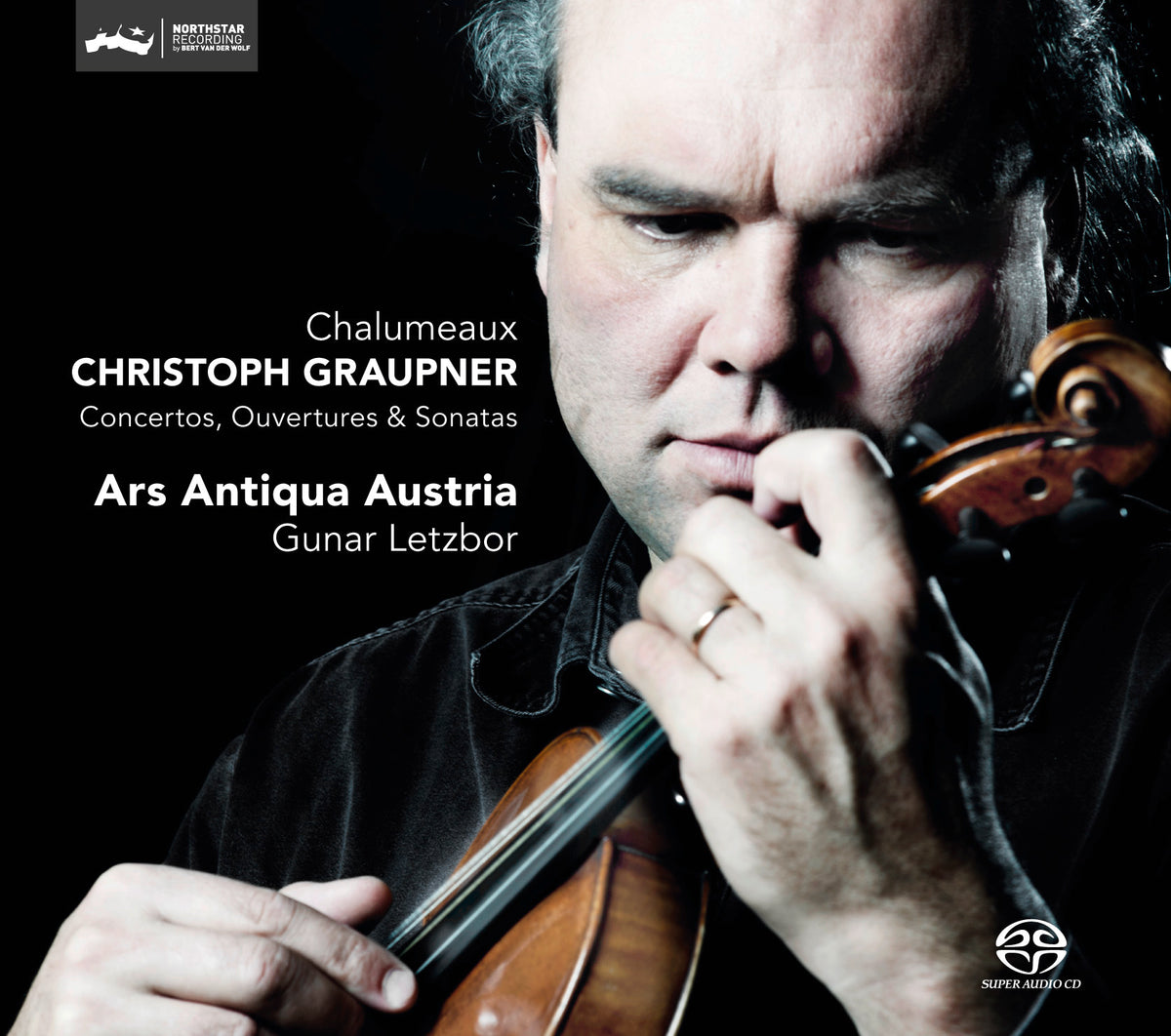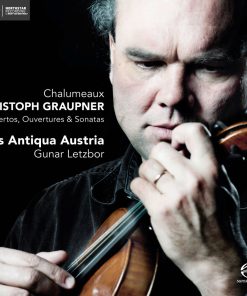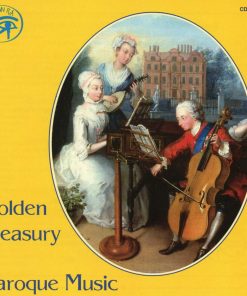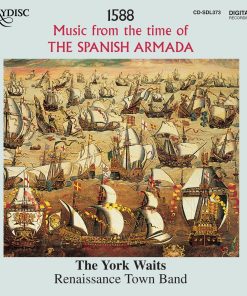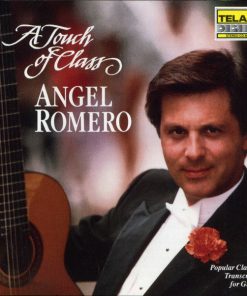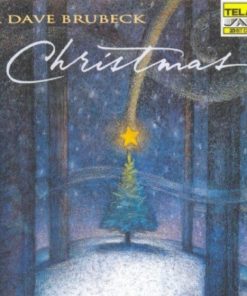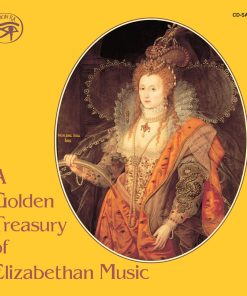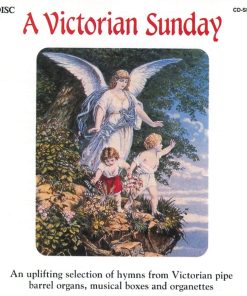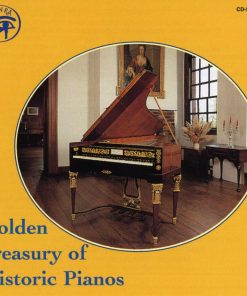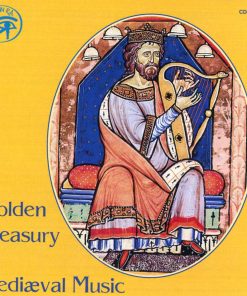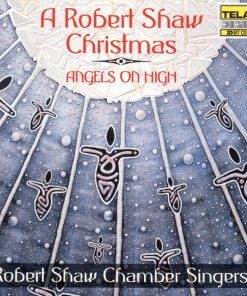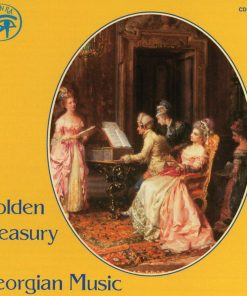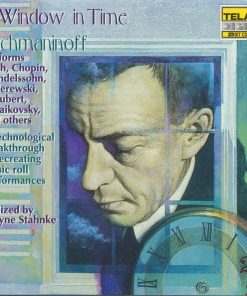GRAUPNER: CONCERTOS, SONATAS & OUVERTURES FOR CHALUMEAUX – ARS ANTIQUA AUSTRIA, GUNAR LETZBOR (HYBRID SACD) CHALLENGE
$ 2,99 $ 1,79

He was a contemporary of J.S. Bach and J.J.Fux but his name is not well-known because his employer Ernst Ludwig obliged him to the function of Kapellmeister in Darmstadt: Christoph Graupner. The composer never visited Vienna in his life!
Ernst Ludwig secured the lifelong stay of Graupner in Darmstadt in 1723, by a substantial salary increase, which made him, as a court conductor, the highest paid orchestral-leader of his time and prevented at the same time that he migrated to Leipzig, where they had offered him the post of cantor. After that another 37 years followed in the service of the court in Darmstadt. Graupner eventually went blind in 1760 and therefore in the last six years of his life, was no longer actively conducting the orchestra.
The instrument chalumeau is in the spotlight on this new album of Ars Antiqua Austria, with music of the Austrian composer Graupner. The chalumeau was probably developed in the late 17th Century by the Nuremberg instrument builder and inventor of the clarinet, Johann Christoph Denner (1655-1707) and was structurally and acoustically optimized in such a way that it has been used by many composers of the Baroque period and the early (pre-) classical music period, for concerts, suites, arias and chamber music. The chalumeau is forerunner of the clarinet, but the two instruments existed parallel to each other in the 18th century. It was not until the late Baroque era the loud and powerful baroque clarinet became the more popular one and the chalumeau slowly disappeared from the musical scene.
Christoph Graupner is considered one of the most important composers for chalumeau. He knew how to use the instrument skillfully -despite its limited tonal range – for sacred and secular music, and he can be seen as one of the most innovative composers and sound experimenters of the 18th Century.

01. Concerto a 2 Chalumeaux, 2 Violis. Viola e Cembalo C-Dur GWV 303: Vivace 04:20
02. Concerto a 2 Chalumeaux, 2 Violis. Viola e Cembalo C-Dur GWV 303: Andante 03:33
03. Concerto a 2 Chalumeaux, 2 Violis. Viola e Cembalo C-Dur GWV 303: Allegro 03:48
04. Sonata per Cembalo obligato e Violino g-Moll GWV 709: Largo 02:34
05. Sonata per Cembalo obligato e Violino g-Moll GWV 709: Allegro 01:45
06. Sonata per Cembalo obligato e Violino g-Moll GWV 709: Andante 01:58
07. Sonata per Cembalo obligato e Violino g-Moll GWV 709: Vivace 02:35
08. Ouverture a 3 Chalum. 2 Violis. Viola e Cembalo F-Dur GWV 449: ( ) 02:43
09. Ouverture a 3 Chalum. 2 Violis. Viola e Cembalo F-Dur GWV 449: Allegro 05:55
10. Ouverture a 3 Chalum. 2 Violis. Viola e Cembalo F-Dur GWV 449: Bergerie 02:36
11. Ouverture a 3 Chalum. 2 Violis. Viola e Cembalo F-Dur GWV 449: Air 01:53
12. Ouverture a 3 Chalum. 2 Violis. Viola e Cembalo F-Dur GWV 449: Le Desire 02:49
13. Ouverture a 3 Chalum. 2 Violis. Viola e Cembalo F-Dur GWV 449: Rejourissance 02:12
14. Ouverture a 3 Chalum. 2 Violis. Viola e Cembalo F-Dur GWV 449: La Speranza amoroso 06:50
15. Ouverture a 3 Chalum. 2 Violis. Viola e Cembalo F-Dur GWV 449: Menuet 03:11
16. Sonata per Cembalo e Violino g-Moll GWV 711: Largo 03:02
17. Sonata per Cembalo e Violino g-Moll GWV 711: Presto 01:31
18. Sonata per Cembalo e Violino g-Moll GWV 711: Largo 03:28
19. Sonata per Cembalo e Violino g-Moll GWV 711: Menuet 02:42
20. Ouverture a 2 Corn: Tym: 2 Chalum: 2 Violin. Viola, Fagott e Cembalo F-Dur GWV 452: ( ) ? Largo ? da capo 07:07
21. Ouverture a 2 Corn: Tym: 2 Chalum: 2 Violin. Viola, Fagott e Cembalo F-Dur GWV 452: Menuet 02:08
22. Ouverture a 2 Corn: Tym: 2 Chalum: 2 Violin. Viola, Fagott e Cembalo F-Dur GWV 452: Air 02:41
23. Ouverture a 2 Corn: Tym: 2 Chalum: 2 Violin. Viola, Fagott e Cembalo F-Dur GWV 452: Tempo di Sarabande 02:22
24. Ouverture a 2 Corn: Tym: 2 Chalum: 2 Violin. Viola, Fagott e Cembalo F-Dur GWV 452: Air ? da capo 00:41
Fast Shipping and Professional Packing
Due to our longstanding partnership with UPS FedEx DHL and other leading international carriers, we are able to provide a range of shipping options. Our warehouse staff are highly trained to pack your goods exactly according to the specifications that we supply. Your goods will undergo a thorough examination and will be safely packaged prior to being sent out. Everyday we deliver hundreds of packages to our customers from all over the world. This is an indication of our dedication to being the largest online retailer worldwide. Warehouses and distribution centers can be located in Europe as well as the USA.
Orders with more than 1 item are assigned processing periods for each item.
Before shipment, all ordered products will be thoroughly inspected. Today, most orders will be shipped within 48 hours. The estimated delivery time is between 3-7 days.
Returns
The stock is constantly changing. It's not entirely managed by us since we are involved with multiple parties such as the factory and our storage. The actual stock can fluctuate at any time. Please understand it may happen that your order will be out of stock when the order is placed.
Our policy is valid for 30 days. If you haven't received your product within 30 days, we're not able to issue either a return or exchange.
You are able to return a product if it is unused and in the same condition when you received it. It must also still remain in the original packaging.
Related products
MUSIC CDS
MUSIC CD
